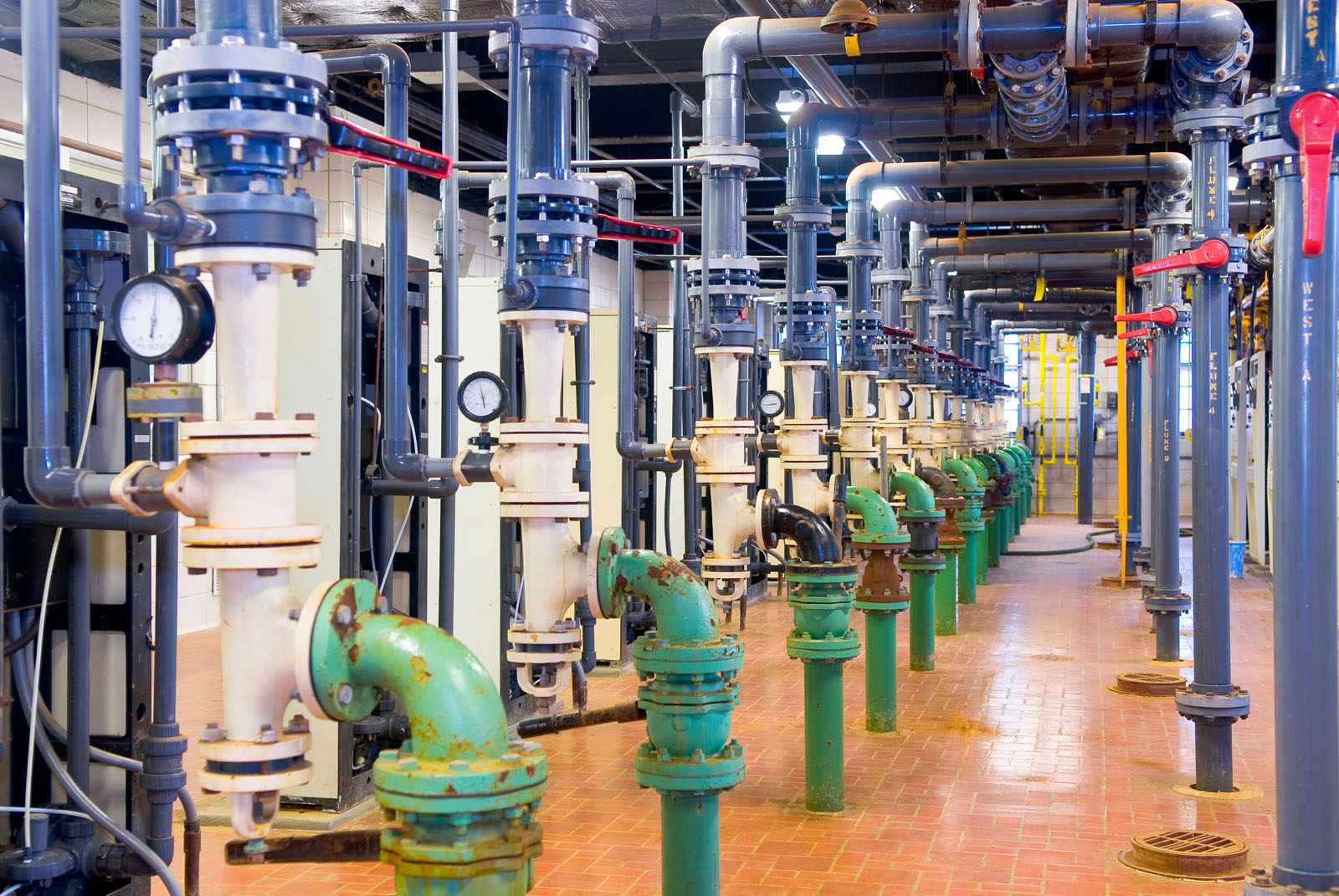Governor Walz proposes $200 million in bonding for water infrastructure
Minnesota needs to invest in updating our water infrastructure to protect public health, our lakes and rivers, and our economy. (Photo: USEPA/Eric Vance)
Because we believe that every Minnesotan deserves access to safe drinking water and healthy lakes and rivers, one of FMR's top priorities this legislative session is investing in Minnesota's water infrastructure.
Unfortunately, many of our water treatment systems, wastewater plants and other structures were built 50-60 years ago and are in dire need of replacement. The costs of such fixes are often far too large for individual communities to bear alone.
That's why we're asking Gov. Tim Walz and the Legislature to help #FixThePipesMN — and why we're so pleased that Walz proposed $200 million in water infrastructure investment through the bonding bill this session. Here's what's in the proposal.
The governor's 2022 water infrastructure bonding proposal
Clean Water & Drinking Water Revolving Loan Funds ($49 million)
The governor recommended $49 million for two key state water infrastructure programs: the Clean Water Revolving Fund and the Drinking Water Revolving Fund.
These state dollars will match federal funding available through the U.S. EPA and the federal Bipartisan Infrastructure & Jobs Act.
Together, these state and federal funds (combined with loan repayments and Public Facilities Authority revenue bonds) will provide low-interest loans to communities statewide for clean water and drinking water infrastructure projects. Eligible projects are prioritized based on environmental and public health criteria.
Current examples of eligible projects include: upgrading a wastewater facility and removing mercury from water flowing into Lake Superior, adding a new storm tunnel to reduce the risk of tunnel failure and the potential for sanitary releases into the Mississippi, and replacing a water treatment facility and removing iron and manganese from drinking water. (See more examples here.)
Importantly, the governor also recommended three key policy changes within the Drinking Water Revolving Fund related to lead service line replacement, a costly and important task to protect public health:
- Removing the 50% cost-share funding requirement to help cash-strapped communities fully fund projects;
- Removing the $250,000 maximum grant per project, since lead service line replacement for some communities might cost well over that;
- Making funding available for both private and publicly-owned lead service lines. This is big news, as previously, only public service lines were eligible for funding.
Together, these changes make lead service line replacement more accessible to communities across the state.
Water Infrastructure Fund Grants ($76 million)
The governor recommended $76 million for the Water Infrastructure Fund, which provides grants to communities that meet affordability criteria. These grants help communities build clean water and drinking water infrastructure projects while keeping costs affordable for residents. The governor also recommended increasing the maximum grant award for projects under the Water Infrastructure Fund from $5 million to $8 million per project to allow communities to tackle larger projects.
Point Source Implementation Grants Program ($75 million)
The governor recommended $75 million for the Point Source Implementation Grants program, which provides grants to communities to help pay for "shovel-ready" water treatment upgrades to meet state permit requirements. The grants are for 80% of eligible costs up to a maximum of $7 million.
What these recommendations could mean for our waters
Together, these three funds serve as the backbone of Minnesota's water infrastructure investment strategy. While we had hoped the governor would propose ~$300 million for these programs (in alignment with the $302 million provided in the 2020 special session), it's fair to say that $200 million is nothing to scoff at.
With these funds, Minnesota will be able to upgrade many more wastewater and drinking water treatment systems, and make real progress toward removing the state's 100,000+ lead service lines. That means improved public health, cleaner drinking water, and less pollution entering our rivers, lakes and streams across Minnesota.
We're grateful for the governor's support for this work, and we look forward to working with lawmakers in both parties, and our River Guardians, to get this funding across the finish line this session.
You can help!
Become a River Guardian
Sign up to become a River Guardian, and we'll let you know when important river issues arise. We make it quick and easy to contact decision-makers and make your voice heard. River Guardians are also invited to special events, including happy hours, to learn more about important legislative and metro river corridor issues.
Keep up to date
We write regular Water program and Legislative updates about key environment and water quality issues. You can find them on social media (Facebook and Twitter) and in our e-newsletter, Mississippi Messages.
Check out the full slate of FMR's legislative priorities.
